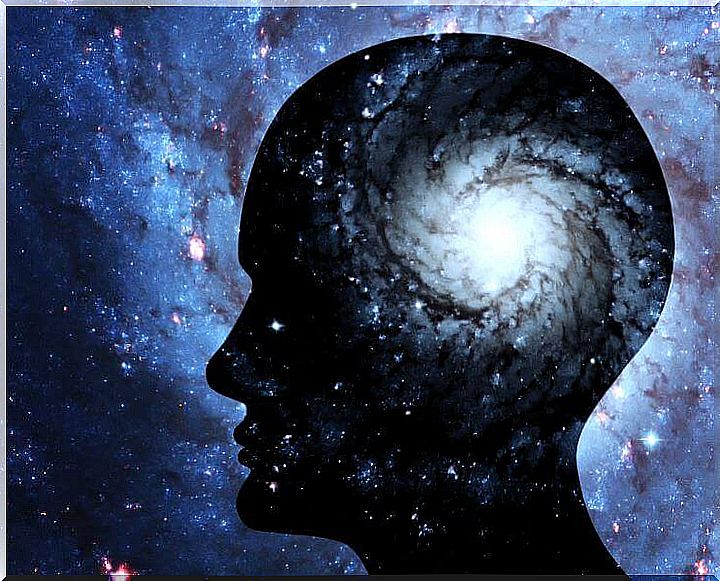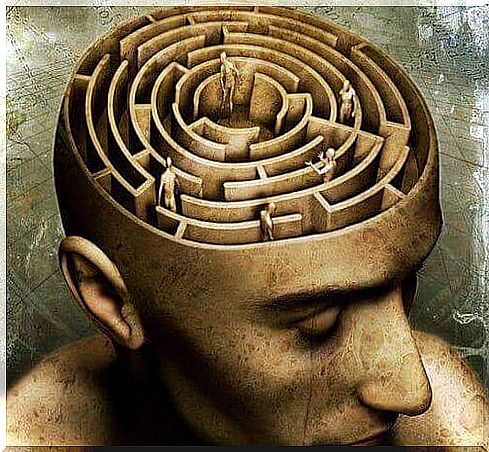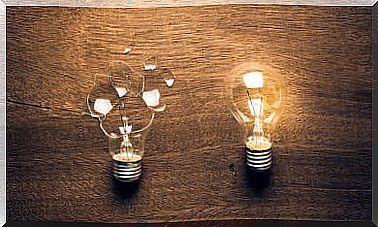Consciousness From A Neuroscientific Perspective

Consciousness has always been a controversial and difficult field to investigate . For much of the 20th century, research on consciousness was consistently rejected, both psychologically and scientifically. This was due in large part to the extreme positivism of the behavioral perspectives of the time, which completely rejected mentalist terminology. But with the advances in cognitive psychology, the need to investigate conscious and unconscious processes grew.
Consciousness is a very difficult construct to define. The fact is that most of us know what it is, but few definitions manage to reflect its complexity. Perhaps we can define it, oversimplifying, as the mental capacity to know what is happening around us or within us in an “active” way. Consciousness is what makes us know that we are us and that we are present within the events.
When we thoroughly investigate the human mind, we realize that there are an enormous number of unconscious processes. For example, we are not in charge of directly regulating the beat of our heart or the movement of the tongue in our speech, we simply think about them and it happens. Now, to what extent is our processing conscious or unconscious? What characterizes conscious and unconscious processes? What neurophysiological bases confirm the existence and function of consciousness?

Characteristics of conscious and unconscious processes
The first question posed by a scientist who wants to study consciousness is how he can measure it. The problem is that it is an event totally hidden from direct observation. So we have to take indirect action from it; the simplest would be the person’s own report. On many occasions a rule works: if you are able to communicate it, you have been aware of it.
Investigating in this way we realize that we can present different stimuli to the subjects so that they can include some in their communication and others not. In addition, added to this, we also observe that although the subject is not aware of the stimulus, it can influence their behavior. An example of this is priming techniques: the presentation of a word in an unconscious way that makes it easier or more difficult to read a word presented later.
Now, we can find different levels of consciousness within cognitive processing:
- Subliminal processing : occurs when the strength of the stimulus is very weak or the presentation is very brief, so it does not reach the threshold of consciousness. However, this stimulus can influence behavior or trigger some kind of processing from it. Note that not all experts support the existence of this type of processing.
- Pre-conscious processing : it occurs when the stimuli have the necessary force to overcome the threshold of consciousness, but due to a lack of attention, this does not occur due to a lack of amplification. An example of this is inattentive blindness: a blindness to certain very salient stimuli due to a diversion of attention. Here you can see a curious video that exemplifies it.
- Conscious processing : it is when the stimulus has the necessary force to overcome the threshold and also the attentional processes have allowed it to access consciousness. In this case, individuals receive the information and can therefore actively respond to it.
It is important to clarify that these categories are levels of one dimension and not watertight categories. Which is to say that any processing can be anywhere between unperceived and fully conscious.

Neurophysiological bases of consciousness
One of the key questions in the study of consciousness was to relate this process to biological or neurophysiological correlates. Many researchers have presented a multitude of models on the operation and function of this process, but many questions remain in the air. In turn, research has identified some of the structures that may be involved and why consciousness exists.
To investigate the brain structures of consciousness, the simplest thing is to use neuroimaging instruments to compare conscious and unconscious processes. The results of these derive in that there is an added nervous activation in those processes that are of a conscious nature.
Of course, when changing the task, the activated areas also change; It seems that consciousness is not focused on certain structures, it is possible that it is a work of the entire brain. Perhaps the most common factor among the various studies is the activation of the parietal and frontal areas of the brain, but these data must be taken with caution.
And regarding the great question of why do we have a conscience? Despite the fact that this answer is difficult, the answer with the most support is perhaps that it fulfills the function of being a short-circuit system. That is, a supervisory process that is responsible for evaluating the individual’s behavior and “short-circuiting” the processes if there are errors. This supposed system would only act in those processes of great relevance to save resources and be more efficient, which would explain the different levels of consciousness.
Consciousness is an interesting and mysterious process that has kept many psychologists, philosophers, and neuroscientists on edge throughout history. The development of research helps us to know more about consciousness every day, however we still have a long way to go to understand its true reality in depth.









